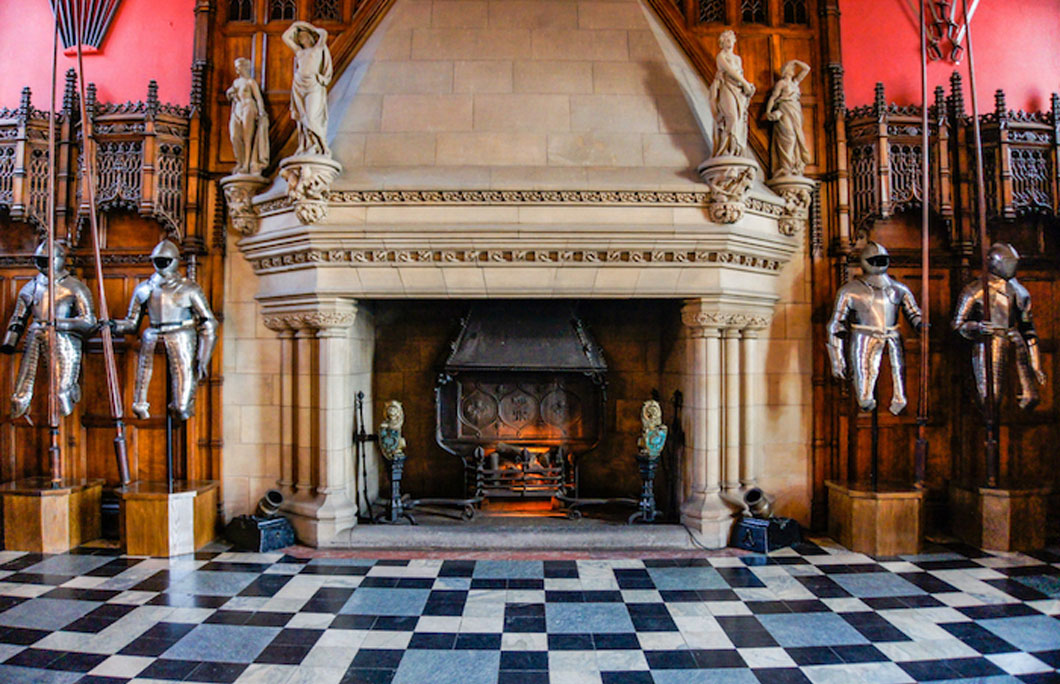How Long Did It Take To Build Edinburgh Castle
It’s Edinburgh’s most iconic landmark, but how much do you really know about Edinburgh Castle? It’s one of Europe’s oldest fortified palaces and it hasn’t always been fit for a king – it’s been a military garrison, prison and fortress too.
Click here to compare car hire in EdinburghHow long did it take to build Edinburgh Castle?

When was Edinburgh castle built?
Edinburgh Castle’s roots date all the way back to the Iron Age, with a hill fort on top of the mighty rock Edinburgh Castle stands on today. When the Angles invaded in 638 AD, the rock became known by its English name – Edinburgh. The town then grew out from the castle, with the first houses erected along Lawnmarket and down the slope of the rock to form the Royal Mile.
The oldest surviving part of the complex is from the twelfth century, while the most recent additions date back to the 1920s.

When did Edinburgh Castle become a royal residence?
The castle became Scotland’s chief royal residence in the Middle Ages. Malcolm III Canmore, the first king of Scotland, made his residence on Castle Rock. Queen Margaret’s son King David I built the royal chapel here, and it’s now Edinburgh’s oldest building. He also constructed some of the castle’s most impressive buildings.
In 1296, the English captured the castle from the Scots for the first time. In 1307, the English stronghold weakened and the Earl of Moray – acting on Robert the Bruce – reclaimed it in 1314 (that’s where Brave Heart sort of comes into it).
Charles, I was the last monarch to live in the castle.

Who lived in Edinburgh Castle?
Dozens of Scottish and English monarchs have lived in Edinburgh castle, as well as military troops.
The oldest known inhabitant was Margaret, the English princess. She was born and raised in exile in Hungary, returned to England aged 10, then fled to Scotland after the Norman invasion in 1066. She married King Malcolm III in around 1070 but died soon after her husband in 1093.
Other famous residents include Mary Queen of Scots, King James VI, Oliver Cromwell and Sir Walter Scot.

What happened after the union of Scotland and England?
With the ‘Union of the Crowns’ and James VI becoming James I of Great Britain, reigning monarchs rarely visited the castle. In the 1650s, it developed into an important military base with defences rebuilt to quash the Jacobite Risings of 1689–1746. Authorities built new barracks and moved 600 troops here during the Napoleonic Wars with France. The castle is still used by the military today.
When did it become a prison?
Edinburgh Castle acted as an excellent prison too. During the Scottish Wars of Independence, many fighting for the opposition found themselves captive. Sir Thomas Grey is one of the most famous prisoners. He was an English knight, held in 1355. Then, during the Jacobite risings, the castle was used as a prison once again. It was mostly reserved for high-status individuals but the castle quickly filled with more ‘common men’. Some stayed for years – Macintosh of Borlum was imprisoned in 1715 and didn’t leave until his death in 1743.
Then during the Seven Year’s War, prisoners from America, Italy, France, Spain, Netherlands and Poland piled into the vaults.
When war broke out between Britain and France in 1756 Edinburgh Castle became a prison too. The first prisoners arrived in 1757 and there were over 1,000 prisoners held here until the end of the wars in 1814. They were held in the labyrinth of vaults underneath Crown Square. You can still see the hole that 49 French prisoners of war left in a castle wall in 1811. All but one got away by hacking their way out and using ropes to escape.
What is Edinburgh Castle today?
Today, Edinburgh serves as a military station and is home to the Scottish National War Memorial. It’s also home to the Crown Jewels and the Stone of Destiny. If you’re lucky enough to visit in August, it’s where you’ll get to see the Edinburgh Military Tattoo too.

 AU
AU  US
US  CA
CA  DE
DE  ES
ES  FR
FR  IT
IT  PT
PT  DA
DA  SV
SV  NL
NL  RO
RO  PL
PL  FI
FI  HU
HU  NB
NB  EL
EL  TR
TR  UK
UK  CS
CS